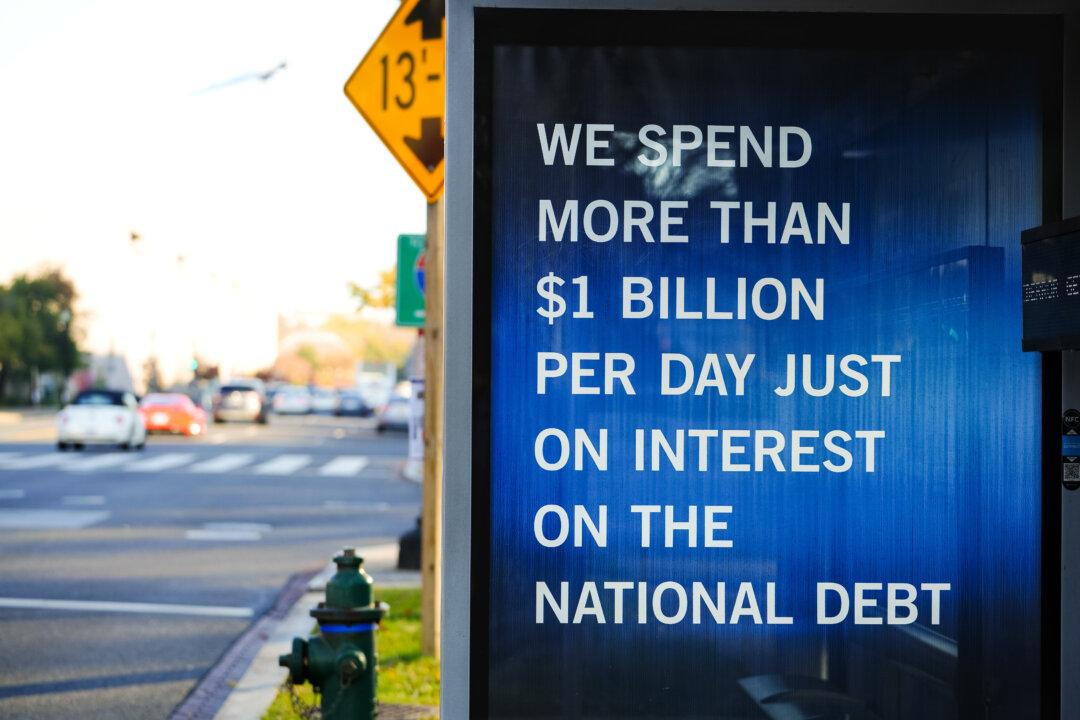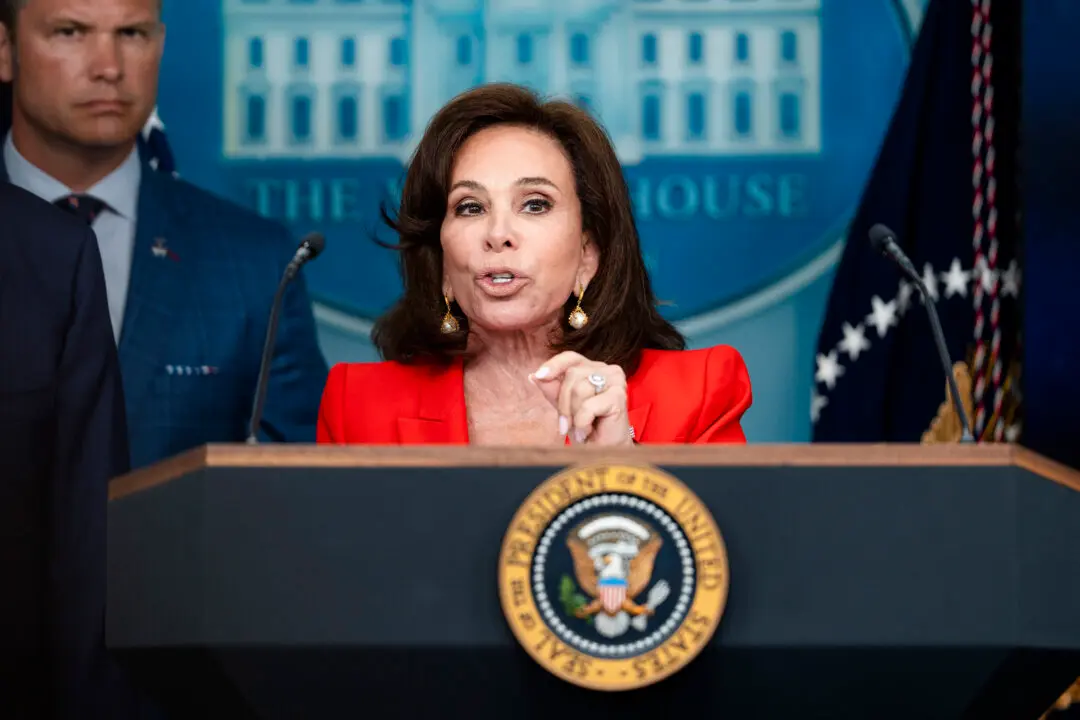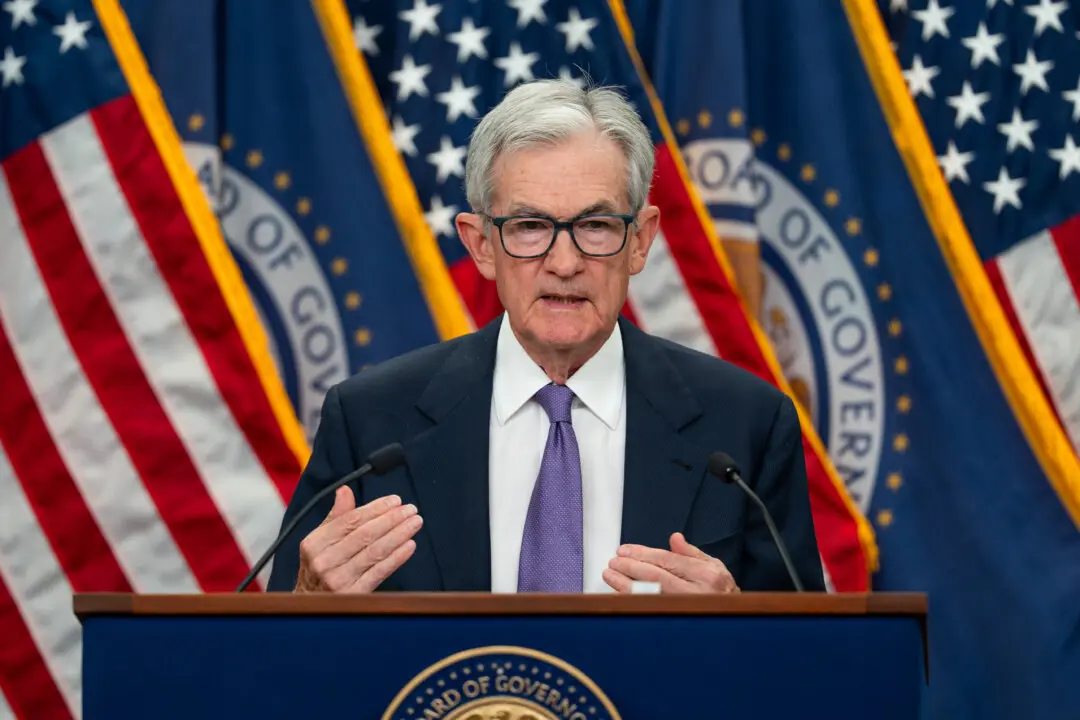The U.S. government recorded a $210 billion budget surplus in April as Washington received a boost in revenues from Americans filing their annual tax returns, new Treasury data showed on May 10.
Last month’s federal surplus, which is common for this time of the year, was 19 percent higher than it was at the same time a year ago. In the first seven months of fiscal 2024, the budget shortfall totals $855 billion.





